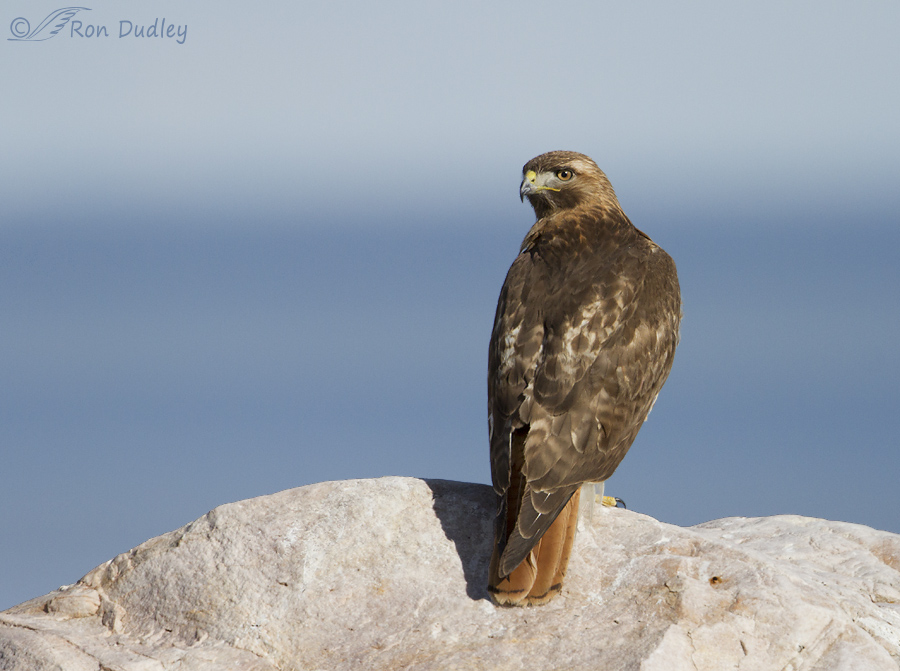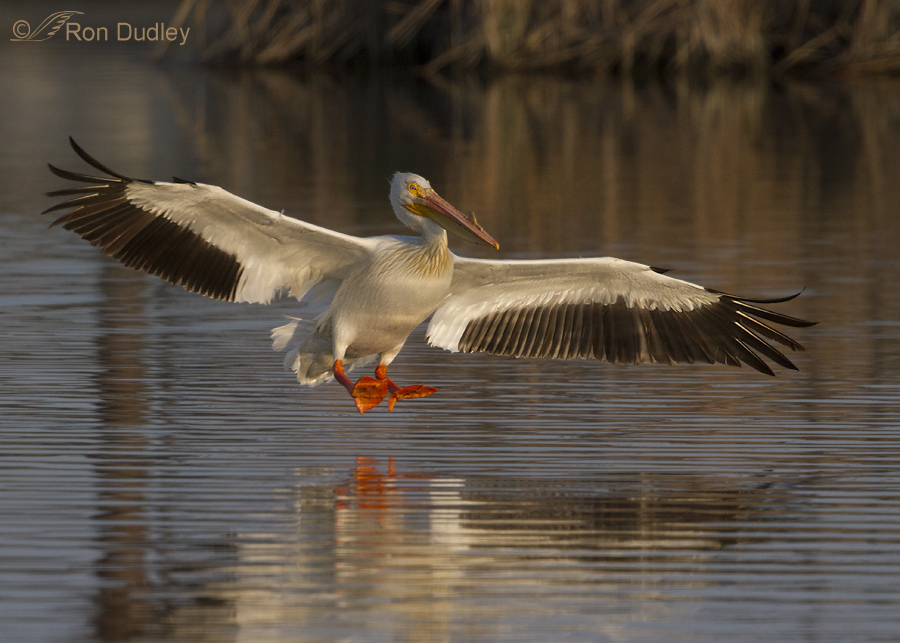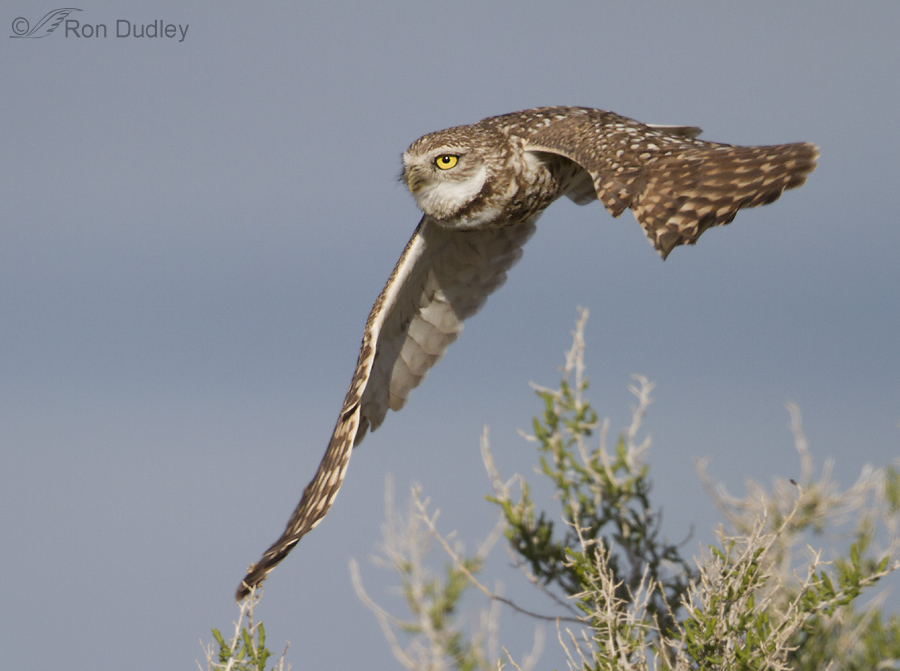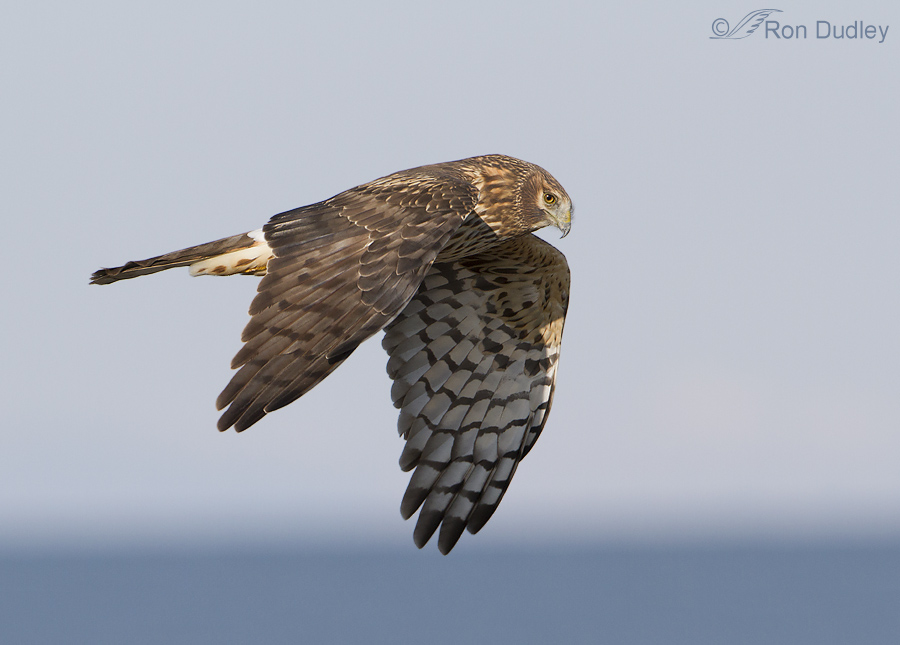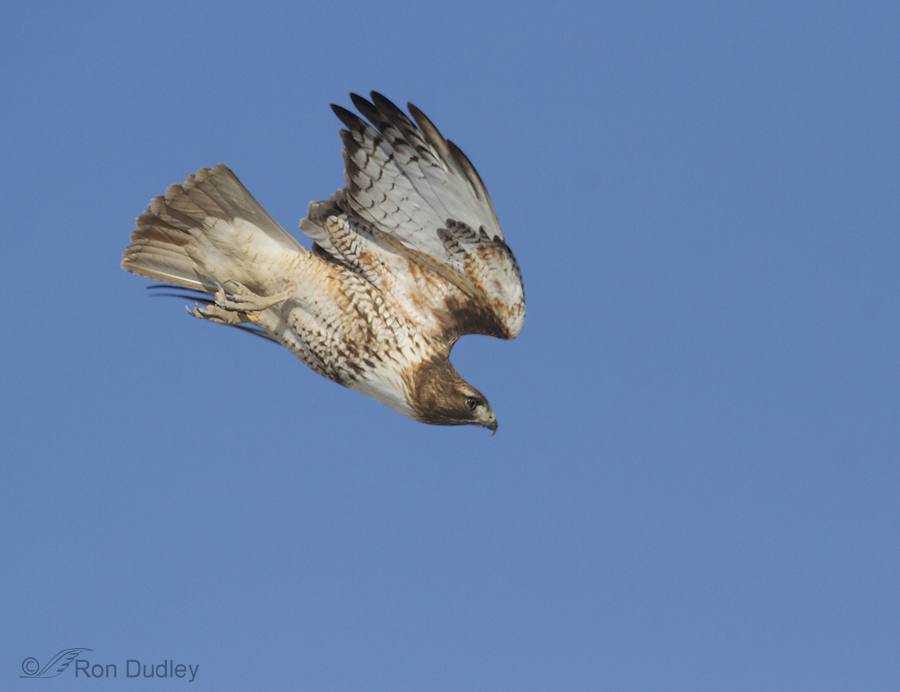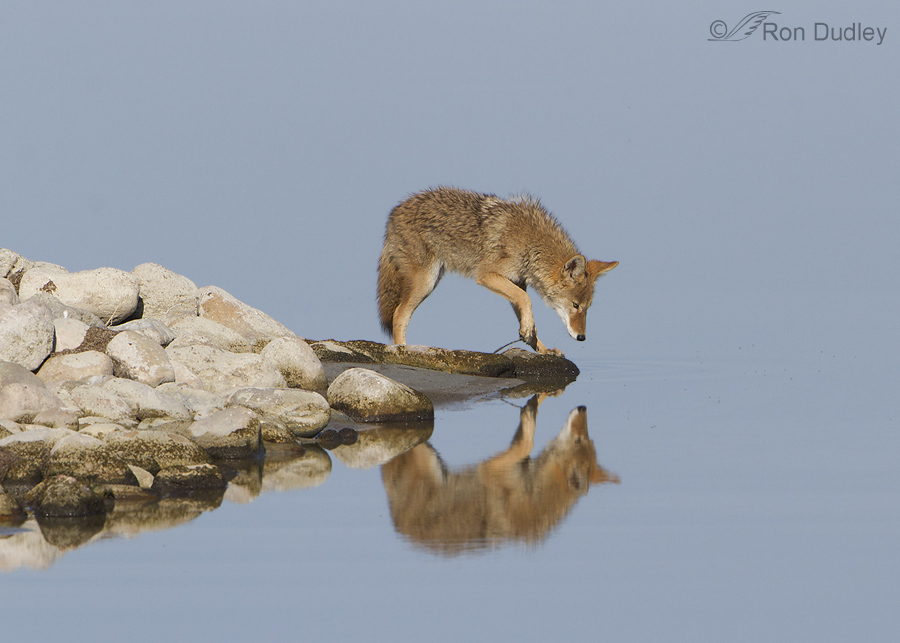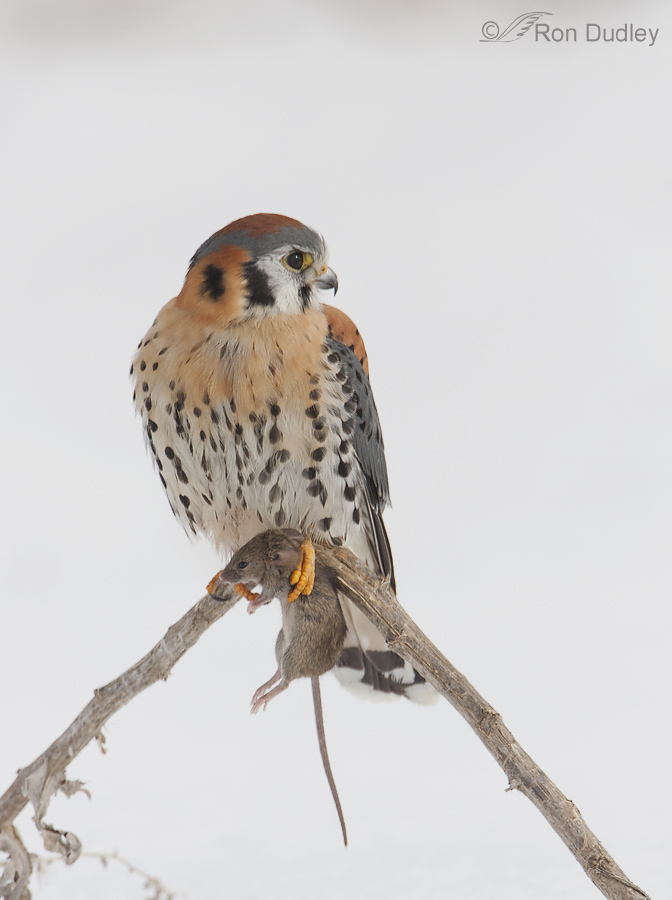Tag: great salt lake
Landing Pelican
Finally – Another Burrowing Owl
Northern Harrier In Flight Over The Great Salt Lake
Red-tailed Hawk In A Steep Dive (and a point about rotation)
A Coyote, A Reflection And An Interpretive Error On My Part
A Kestrel, A Mouse And The Potential Demise Of Farmington Bay WMA
A Curious Coyote, A Reflection And A Compositional Quandary
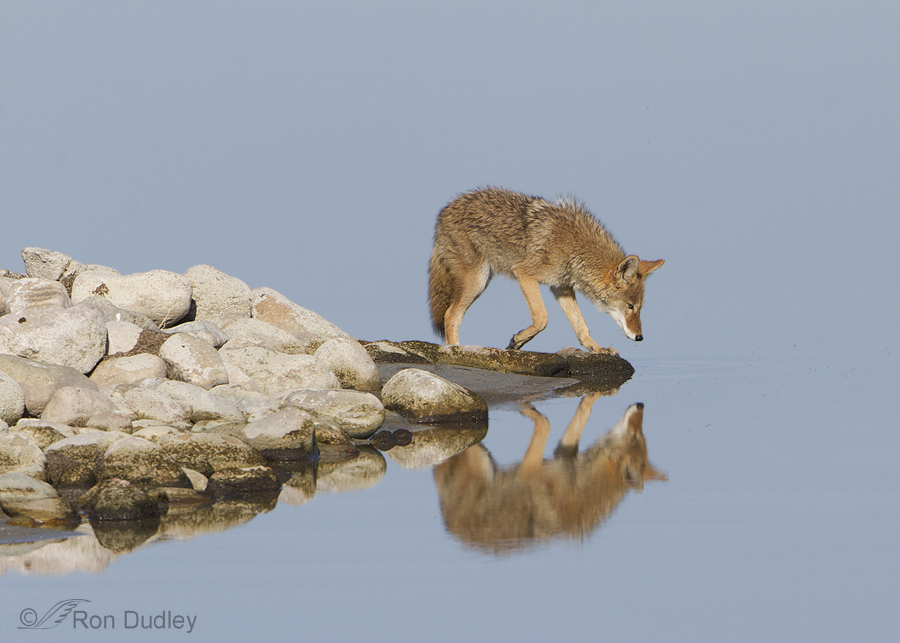
Two days ago we found this coyote exploring along the Antelope Island causeway. We watched it gnaw on a duck or shorebird carcass (possibly falcon leftovers, based on past experience) and then it continued to look for something, almost anything, to eat. When it reached the end of a rocky spit jutting out into the Great Salt Lake it entertained us with some interesting behavior.
Juvenile Loggerhead Shrike Take-off
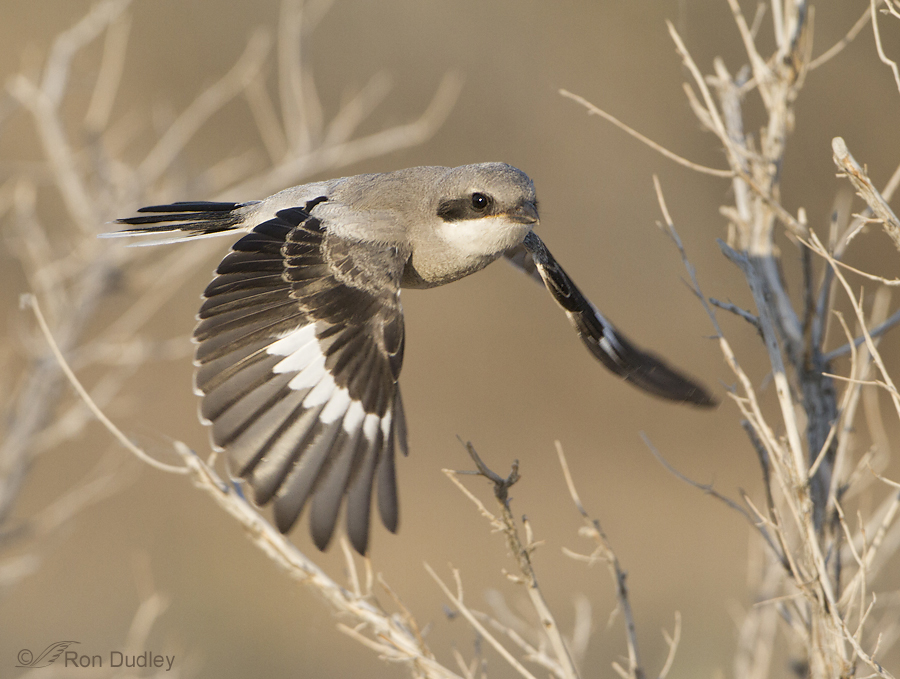
Many of the young Loggerhead Shrikes on Antelope Island have now fledged and are learning the ropes. They’re ornery, fun, fierce and fearless. Twice I’ve had one almost fly into my open pickup window, another one very nearly landed on my lens hood sticking out a window and yet another landed on the pickup itself.
Long-billed Curlew And Fledgling
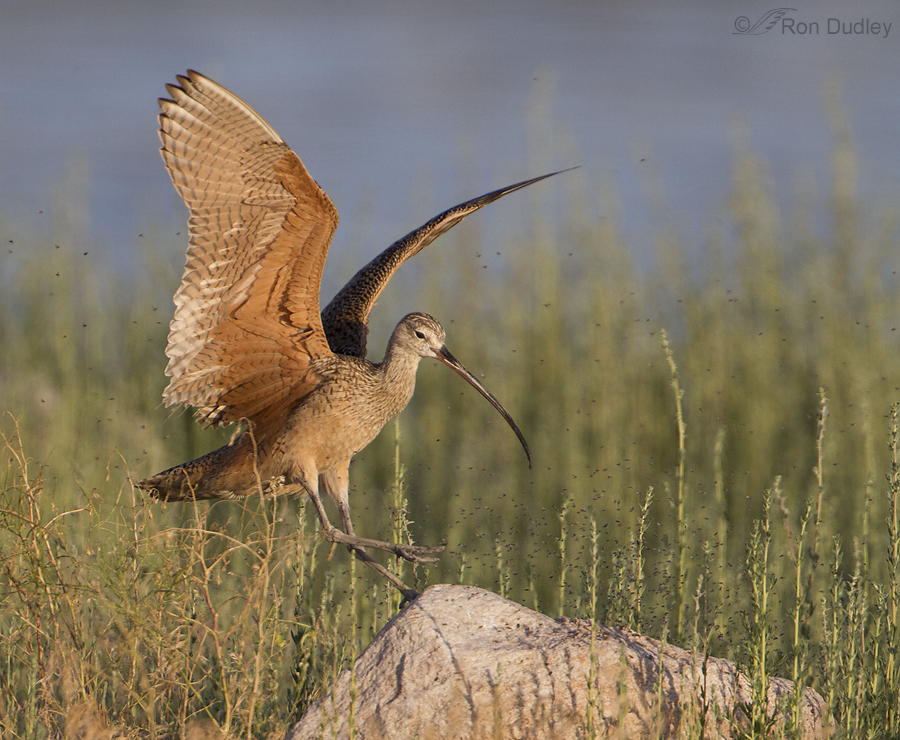
Long-billed Curlews spend most of the late spring and early summer at mid-elevations on Antelope Island while nesting and raising their chicks but by this time of year they begin to bring the youngsters down to the shoreline. That’s where I photographed this lone adult with a single youngster yesterday morning.
Prairie Falcon – A Dilemma
On this morning as I was leaving Antelope Island after a morning of shooting I was, as always, watching for a Prairie Falcon along the causeway. Occasionally I’ve been lucky with that strategy but it doesn’t happen very often. One advantage I had is the fact that if there was one there it would likely be perched on the rocks next to the Great Salt Lake. With that dark blue background, the bright whites on the breast of the falcon are often easy to spot. And that’s exactly what happened.
A Guide To Aging Bald Eagles
As we go into prime “eagle watching” season here in northern Utah I thought it might be timely to present a guide that would be helpful in aging Bald Eagles as they progress through the 5-6 year process of becoming adults. Many of these younger birds are mistakenly identified as Golden Eagles by the general public. Eagles that have not reached the adult stage are referred to as immature, juveniles or sub-adults. Plumage stages are highly variable, depending on molt sequence, age and timing so other factors like iris and beak color are also taken into account when estimating age. Eyes gradually change from dark brown to yellow while the beak goes from blackish-gray to yellow. 1/4000, f/8, ISO 500, 500 f/4, not baited, set up or called in The adult Bald Eagle is unmistakable with its distinctive bright white head and tail contrasting with the dark brown body and wings. 1/200, f/6.3, ISO 800, 500 f/4, 1.4 tc, not baited, set up or called in But juveniles present very differently than adults, especially in the early stages of development. This very young bird is barely fledged and was still hanging around its nest in sw Montana. Notice that the plumage is dark brown throughout, though they may have some white or pale mottling at this stage – especially on the underparts. Both eye and beak are very dark. 1/2000, f/6.3, ISO 500, 500 f/4, 1.4 tc, not baited, set up or called in This is a first year bird during winter. 1/800, f/8, ISO 500, 500 f/4, natural light,…
Northern Harrier In Flight Along The Causeway
A few weeks ago I was able to photograph this Northern Harrier along the Antelope Island causeway. I like both of these shots because of the good look at the topside of the bird. 1/2000. f/6.3. ISO 500, 500 f/4, 1.4 tc, natural light, not set up, baited or called in The background certainly isn’t “classic” by any means but it’s one found in very few places on the planet, which makes me appreciate it. The lighter colors are Great Salt Lake beach sand and the strips of red are windrows of brine fly pupae cases that have been washed up by the waves into parallel rows. And hey, their colors even go well with the bird (I know, I’m reaching for that one…) 1/2000. f/6.3. ISO 500, 500 f/4, 1.4 tc, natural light, not set up, baited or called in This was the next shot in the burst. I prefer the second image because of the slightly better head turn toward the viewer, the more appealing catch light in the eye and the aerodynamic wing position that suggests speed. But I’m glad to have them both because decent flight shots of harriers don’t come easy. Ron
A Northern Harrier Kind Of Morning
Normally I avoid doing back to back posts on the same species but I went out shooting immediately after I published that last post and surprisingly it turned out to be a heckuva harrier morning. I’ve mentioned before that I usually have my best luck with harriers in the middle of winter, but yesterday I found two cooperative birds. 1/1600, f/6.3, ISO 500, 500 f/4, 1.4 tc, natural light, not baited, set up or called in This beauty was hunkered down for a break from hunting and let me get surprisingly close. It was early morning, the light was warm, and the bird posed for me for a long time. I chose to post this almost direct look from the hawk for a reason – because out of all those images, this one shows the unique harrier facial disc best. A facial disc is a concave arrangement of feathers on the face of some birds (most notably owls) that forms a circular parabaloid that collects sound waves and redirects them toward the ears. In harriers the disc is less prominent than in owls, but larger in relative size because it extends to the neck, so it is commonly referred to as a facial ruff, rather than a disc. The large ear openings of harriers are buried in the feathers of the head and can’t be seen. The angle of the disc or ruff feathers can be adjusted to alter the focal length of the sound waves they’re collecting, which allows the bird to “focus” at different distances – a…
Great Salt Lake Chukar
I often enjoy elements of incongruity in my images, particularly birds in unexpected settings. Chukars prefer steep, rocky, mountainous and dry terrain so in my experience with them it is atypical to catch them in a photograph with a body of water in the background. When it’s hot, as it is now, these birds drink large amounts of water but of course the Great Salt Lake is much too saline for them to drink from. So they spend nearly all their time higher up on the rocky slopes and drink from the fresh water springs in the area. 1/1600, f/7.1, ISO 400, 500 f/4, 1.4 tc However, there is one thing that draws them to the shore of the lake this time of year – brine flies. Chukars are almost exclusively vegetarians and eat mostly leaves and seeds although they’ll consume insects “occasionally”. But apparently they can’t resist the bounty of hordes of brine flies found along the shore of the lake during July and August (I’ve posted a shot here of a Chukar gorging on these flies) . I found this bird and several others along the shoreline yesterday. While I didn’t actually observe them consuming flies this time I’m confident that it was the flies that attracted them to the shore. Ron


